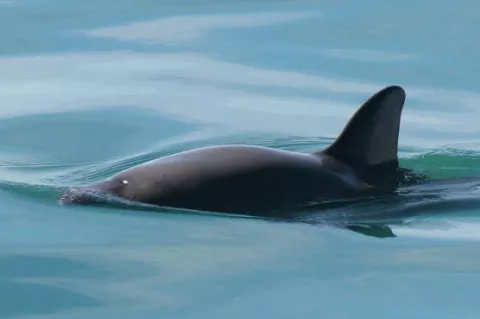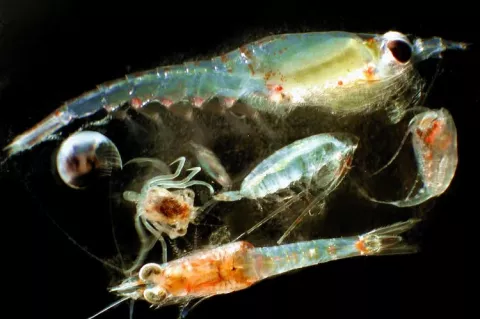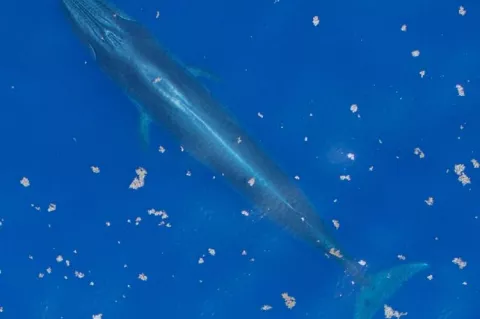Critically endangered vaquita could survive if gillnet-poaching ban enforced
The vaquita is the world’s smallest marine mammal, measuring between four to five feet in length. A comprehensive survey conducted in 1997 counted 570 vaquitas, but today, 25 years on, a mere ten surviving vaquitas have been counted in the Sea of Cortez, the only place that the vaquita can be found.







